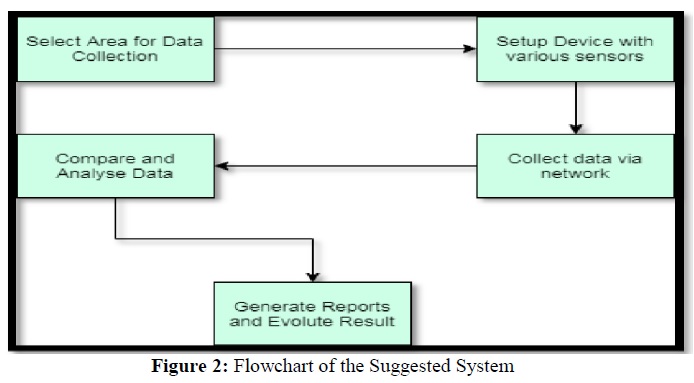Evaluating the Design and Implementation of an IoT
DOI:
https://doi.org/10.31033/abjar.1.3.2Keywords:
gas sensor, internet of things (IoT), air pollution, climate changeAbstract
The world around us is rapidly evolving, and this unrelenting progress will inevitably have some sort of impact on human health. As the world's population rises, the negative health effects of new technologies and infrastructure will inevitably rise alongside it. Invisible pollutants, like smoke, must be tracked down in order to be dealt with effectively. A model that can identify hazardous contaminants and their availability levels is necessary because of the toxic or acute impacts of such invisible pollutants on our entire world or even our possessions. In this work, we present a paradigm based on a hybrid infrastructure consisting of Big Data, the cloud, RESTful APIs, and the Internet of Things (IoT) enabled by the appropriate software and hardware. Air pollution is a major contributor to both the acceleration of global warming and the deterioration of people's health. Our proposed paradigm is crucial in preventing these unfavourable outcomes. The steady increase in the number of cars on the road and the mushrooming of factories are two major sources of pollution. A range of gas sensors and chemical sensors serve as the hardware component of this approach, while the Raspberry platform and its accompanying software architecture are responsible for monitoring and managing pollution data on a web server. Internet of Things (IoT) is a unified framework for enhancing rectification, module efficiency, and monetary gains.
Downloads
References
A.N. Chaudhari, Prof.G.A. Kulkarni, Sumit Purohit, & Dr. Ajay Mathur. (2021). A review on design & development of air quality visualization system using IoT. International Journal of Advance Research in Computer Science and Management Studies, 9(1), 31-36.
Pushpam Joseph Aji John. (2016). Wireless air quality and emission monitoring.
Sumit Purohit, & Dr. Ajay Mathur. (2021). A review on design & development of air quality visualization system using IoT. International Journal of Advance Research in Computer Science and Management Studies, 9(1), 31-36.

Downloads
Published
How to Cite
Issue
Section
ARK
License
Copyright (c) 2022 Ravindra Taneja

This work is licensed under a Creative Commons Attribution 4.0 International License.
Research Articles in 'Applied Science and Biotechnology Journal for Advanced Research' are Open Access articles published under the Creative Commons CC BY License Creative Commons Attribution 4.0 International License http://creativecommons.org/licenses/by/4.0/. This license allows you to share – copy and redistribute the material in any medium or format. Adapt – remix, transform, and build upon the material for any purpose, even commercially.










